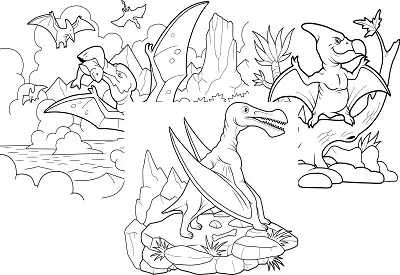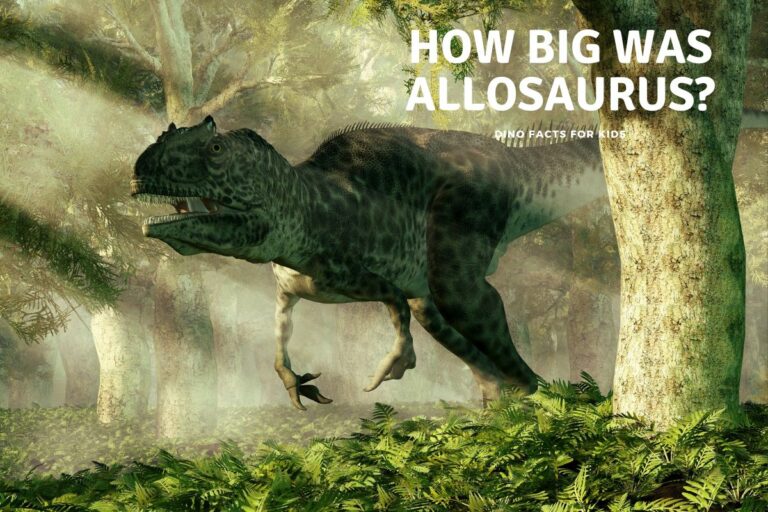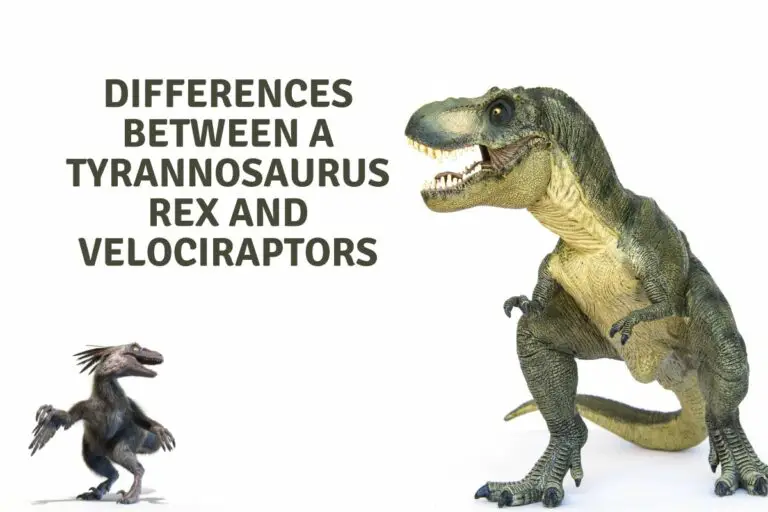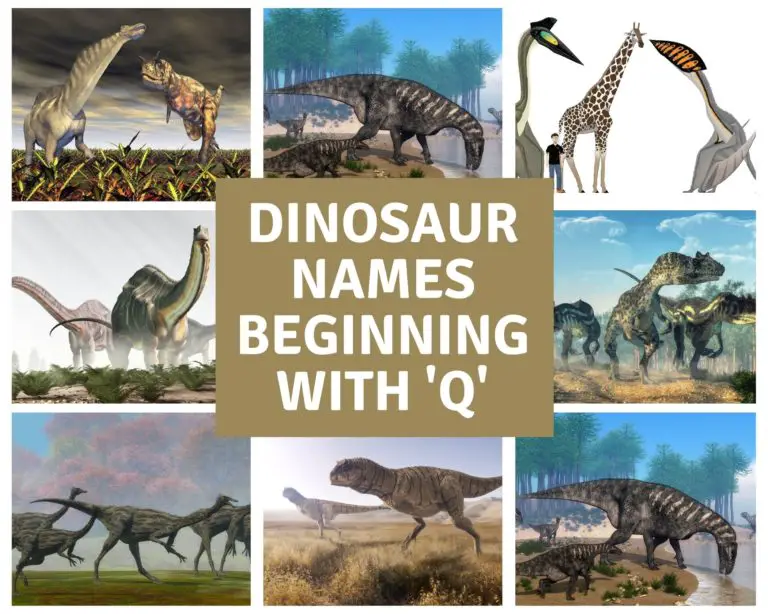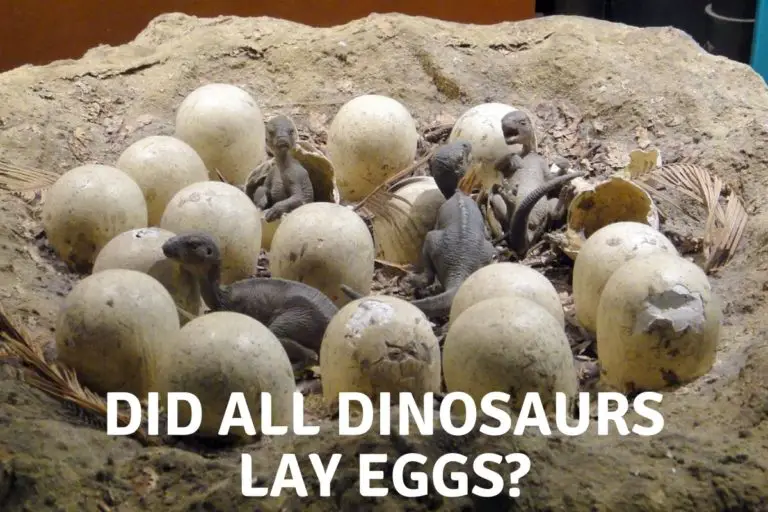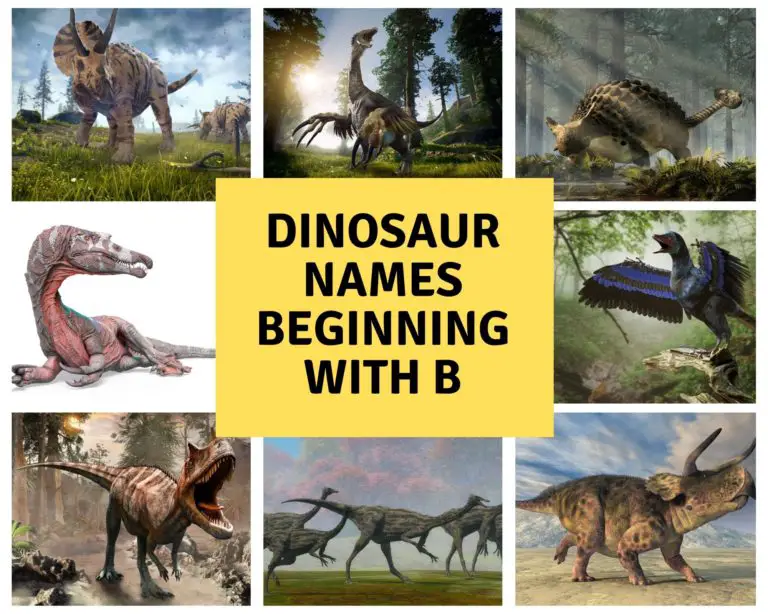30 Facts about Quetzalcoatlus
What a name! Quetzalcoatlus is certainly not an easy dinosaur to pronounce. ( we will help you with this in the article below though so don’t worry.) It was a big, and we mean HUGE flying reptile that lived 66 million years ago right at the end of the age of the Dinosaurs.
Quetzalcoatlus was a carnivorous pterosaur, a flying reptile, that lived during the Late Cretaceous period, about 85–65 million years ago. It was one of the largest known animals to ever fly, with a wingspan of up to 36 feet (11 meters) and a mass of up to 600 lbs. Quetzalcoatlus name means “feathered serpent god”
It was first found in 1971 in texas, USA and was named in 1975. Although it was well known it wasn’t often in media using its really name (maybe because its so difficult!) until the Jurassic World – Dominion movie, when it gets angry at a plane!
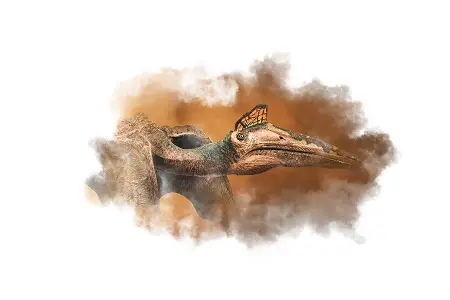
We are lucky to have found fairly complete fossilized remains of this, the biggest animal of any kind to be able to fly, so we know quite a lot about it. We will take a look at the top 25 Quetzalcoatlus facts below, and don’t forget to check out the fact sheet to collect as well!

Quick Quetzalcoatlus facts
Quetzalcoatlus was first discovered in 1971
The name Quetzalcoatlus means “feathered serpent God” in Nahuatl, the Ancient (old) language of the Aztecs
it was a carnivore and is thought to have been like a stork and ate small land animals that were on the ground
Quetzalcoatlus is the largest known pterosaur species, by a long way. in fact is the largest known flying animal ever.
Quetzalcoatlus had a wingspan of up to 11 meters (36 feet).
Quetzalcoatlus was NOT a dinosaur, it was a pterosaur, this is the name given to the flying lizards at the time of the dinosaurs
Quetzalcoatlus went extinct at the end of the Cretaceous period, approximately 65 million years ago.
25 Quetzalcoatlus Facts
Quetzalcoatlus was a pterosaur that lived approximately 70–65 million years ago, during the Late Cretaceous period. It is one of the largest known flying animals of all time, with an estimated wingspan of up to 36 feet (11 meters ). It was MASSIVE and would have been quite a sight in the skies of the cretaceous period. Lets see what else we can tell you about the biggest flying animal of all time!
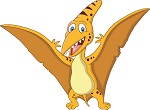
1. Quetzalcoatlus was first discovered in 1971 by Douglas A. Lawson. on a fossil hunt in Big Bend National park in Texas, USA. He found part of a wing, and the forearms. The wing span of this fossil is estimated to be over 33 ft (10 meters)
2. Since those first Quetzalcoatlus fossils more have been found in Texas, Montana, and New Mexico.
3. The name Quetzalcoatlus means “feathered serpent God” in Nahuatl, the Ancient (old) language of the Aztecs. You can see just by its size alone how it got its name!

4. Quetzalcoatlus has had many theories on how it got food, and what it would eat.
- First was it was possibly a scavenger like a vulture, feeding on the carcasses of dinosaurs and other animals, though it didn’t have a hooked beak like other scavengers.
- Then it was thought maybe a wading feeder or a skimming feeder ( fly over waves and catch fish) but research showed it was too big for that and lived miles away from the sea.
- Now, more recently it is thought to have been like a stork and ate small land animals that were on the ground or maybe in small streams or rivers.
5. Quetzalcoatlus is the largest known pterosaur species, by a long way. in fact is the largest known flying animal ever. we take a look at other large pterodactyls here in this article.

6. Quetzalcoatlus had a wingspan of up to 11 meters (36 feet). this is about the same as a small plane!! Which one would you prefer to fly on?
7. Quetzalcoatlus was approximately 3 metres tall at the shoulder(9 ft tall) and could be 10 meters (33 feet) long from head to tail.there was nothing small about this flying reptile. Which leads us on to our next point.
8. Quetzalcoatlus was NOT a dinosaur. Sorry if this is your favourite dinosaur, because it isn’t! The simple rule is if it flies or swims it’s not a dinosaur. Quetzalcoatlus was a pterosaur, this is the name given to the flying lizards at the time of the dinosaurs. Not being a dinosaur doesn’t make it any less cool though.
9. Quetzalcoatlus weighed an estimated 250–300 kg (550–660 lb).

10. It was thought to be lighter for a very long time, which would have allowed it to fly over oceans. however even at 500 lbs, which is about 10 – 9th grade kids by the way!, it could still fly for 10 days and over 8000 miles! It had strong chest muscles to help and it i thought to have used thermal (hot air) to glide as well
11. Quetzalcoatlus had a toothless beak on its skull, Which could be over 6 ft long ( 2 meters long) it also is one of the few pterosaurs known to have had a crest on its head.
12. The crest on Quetzalcoatlus’ head may have been used for display or for body heat control (thermoregulation),but scientists are not sure.
13. Quetzalcoatlus had long, hollow bones that were light and strong to help it both take off and then stay in the air.
14. Quetzalcoatlus’ wings were certainly evolved for flying, with bat like skin over them. However it could also walk on the ground quite well using those wings and its feet.
Pterosaur coloring pages above.
15. Quetzalcoatlus is the largest known animal to have ever flown. Much bigger than any bird or reptile before or since! it was also one of the last non-avian reptiles to go extinct.
16. Quetzalcoatlus went extinct at the end of the Cretaceous period, approximately 65 million years ago.The cause of Quetzalcoatlus’ extinction is unknown, but it may have been due to a combination of factors, including climate change and competition from birds.
17. The largest Quetzalcoatlus fossil found to date was discovered in 1990 in Garza County, Texas. Quetzalcoatlus fossils have also been found in New Mexico and Oklahoma and there was one large similar pterosaur found it Romania but it currently looks like it might have been a different species of the Pterosaur.

18. Quetzalcoatlus is one of the best-known pterosaurs, due to its large size and well-preserved fossils.
19. Quetzalcoatlus has been in movies quite a few times, but often either unnamed or with a different name. It will be in the Jurassic Dominion movie attacking a plane, but has appeared, sometimes incorrectly in other movies a TV shows like Jurassic Park 3, and Jurassic world, and Fallen Kingdom. A Quetzalcoatlus fossil was used as the basis for the design of the pterodactyls in the Jurassic Park movies.
20. A life-sized replica of Quetzalcoatlus is on display at the Museum of Nature and Science in Dallas, Texas, they have also been used in many other museums around the world.
21.Quetzalcoatlus was not a dinosaur as we mentioned it was a Pterosaur, which are the flying reptiles. These flying reptiles were on the Earth for a million of years from the late Triassic – to the late Cretaceous. (228-66 million years ago.) There are over 120 species of pterosaur discovered so far.
22, The fourth finger on each limb was much longer than the others in Quetzalcoatlus.
23. To give a comparison in size, you can think of a flying giraffe!! It was about as tall as a full grown one.
24. We have learned that the Quetzalcoatlus could fly, and walk. Did you know it could also jump! it is thought the Quetzalcoatlus could jump as well. It possibly could jump up to 8 ft high. It may have used this skill to get some air so it could use its wings to get airborne

25. Quetzalcoatlus is one of the most popular dinosaurs in the world and is known to children and adults alike Its name is really difficult to say though so let us help you below. Quetzalcoatlus has 5 syllables which are said as follows….
ket·suhl·kow·at·luhs
You can get some coloring pages below including the Flying Quetzalcoatlus!
Conclusion
So we, finally taught you how to say this dinosaurs ( NOT A DINOSAUR) name. Quetzalcoatlus really was an amazing dinosaur, Flying reptile/ Pterosaur and if it was your favorite we think it should remain so. 30ft of wings flapping over head would have been an amazing sight.
Don’t forget to check out our other dinosaurs on the list at the side, and in the menu up at the top. Also grab that printable if you would like it before you go as well. We have loads more dinosaur, real dinosaur facts for you to learn all about.
Some of My Dinosaur Resource Recommendations for Home and School.
Thanks for taking the time to read our facts and questions articles, as a teacher myself i have struggled to find resources in one place and that is why this website was born. I simply love teaching students about dinosaurs both in my role as a language and General Studies teacher. However there is sometimes a need for something more concrete than a printout (as useful as we think ours are! )
There is something awesome about the feeling of awe that these amazing creatures instil in our children and students. To further help you, and potentially me, i have included a few resources below that i have found to be incredibly successful when explaining dinosaurs to children, these range form books and resources, to toys fossils and dinosaur figures.
Sometimes having something tactile to touch in those tiny hands help to focus and cement learning and develop those big brains! Hope they are helpful too.
Dinosaur Books and Readers
There are of course hundreds of excellent, and not so excellent books on Dinosaurs for Children out there. So rather than, yet, go into huge detail. I will highlight the ones I love to use with my students from ages 6 to 10. We have include AR in these as well. ( nothing quite like a moving dinosaur in front of you!
Fossil Sets
I cant say how great these are to use in a classroom while reading with a group. the chance to read about a dinosaur and then touch a real piece is simply great. I have a selection ( self confessed dinosaur geek) but a cheap set of 10 or so will do the trick just as well. Dinosaur poop is great as well!!! i pass it round and ask them to guess what it is first!
Dinosaur Figures
I actually use realia in a lot of classes especially with animals and dinosaurs, and figures help to show the kind of animal we are reading about. It is possible to spend hundreds of dollars on dinosaur figures but ther eis no need, either as a teacher or a parent. The set below and similar we have used to help students picture dinosaurs to great effect.
References
https://dinopedia.fandom.com/wiki/Quetzalcoatlus#Head
Hi, I am Roy Ford a General Studies and English Teacher who has taught all over the world. What started as a fossil collection became a great way to teach, motivate and inspire students of all ages and all over the world about dinosaurs and from that and children’s love of dinosaurs came the site dinosaur facts for kids, a resource for all ages.

